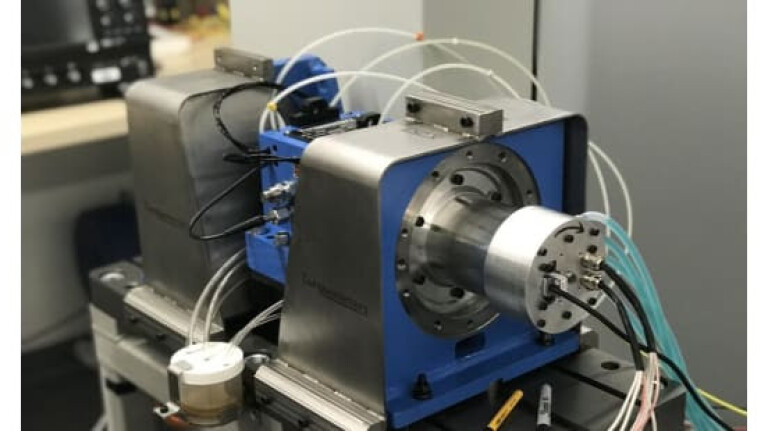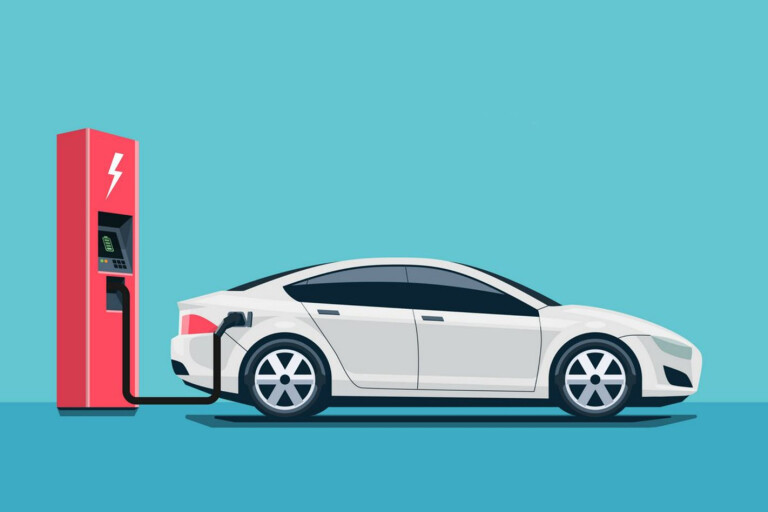
Engineers at the University of New South Wales have built a new high-speed motor that could improve both the performance and driving range of electric vehicles.
The motor can achieve speeds of 100,000 revolutions per minute – with the maximum power and speed doubling the existing high-speed record to make it the fastest in the world of its kind ever built.
Most importantly, the motor is able to produce a very high power density, which helps to reduce the overall weight of an EV and therefore increases the driving range.
“One of the trends for electric vehicles is for them to have motors which rotate at higher speeds,” said Dr Guoyu Chu from the UNSW School of Electrical Engineering and Telecommunications, who is leading the team together with Associate Professor Rukmi Dutta.

“Every EV manufacturer is trying to develop high-speed motors and the reason is that the nature of the law of physics then allows you to shrink the size of that machine. And with a smaller machine, it weighs less and consumes less energy and therefore that gives the vehicle a longer driving range.”
The new technology is said to be an improvement on the design of existing Interior Permanent Magnet Synchronous Motors (IPMSMs), which are the type most commonly used in electric vehicles at present.
IPMSMs have magnets embedded within their rotors to create strong torque for an extended speed range, but on the flip side suffer from low mechanical strength, which limits their maximum speed.
But the UNSW team has patented a new, more robust, rotor structure – which also uses fewer rare-earth materials, such as neodymium.
The new design is based on the engineering properties of the Gyopo rail bridge, a double-tied arch structure in South Korea.
“With this research project we have tried to achieve the absolute maximum speed, and we have recorded over 100,000 revolutions per minute and the peak power density is around 7kW per kilogram,” added Dr Chu.

“For an electric vehicle motor we would actually reduce the speed somewhat, but that also increases its power. We can scale and optimise to provide power and speed in a given range – for example, a 200kW motor with a maximum speed of around 18,000 rpm that perfectly suits EV applications.”
According to UNSW, if electric car manufacturers wanted to use its new motor in their vehicles, it would only take around six to 12 months to modify to their own specifications.
“Our rotors have very good mechanical robustness, which reduces the manufacturing cost. And we only use around 30 per cent of rare earth materials, which includes a big reduction in the material cost – thus making our high-performance motors more environmentally friendly and affordable,” said Dr Chu.
Apart from in EVs, the motor could also be used in large heating, ventilation, and air conditioning (HVAC) systems which require high-speed compressors to use a new form of refrigerant which significantly reduces the impact on global warming. It could also be utilised in high-precision CNC machines in demand by the aviation and robot industries.
COMMENTS